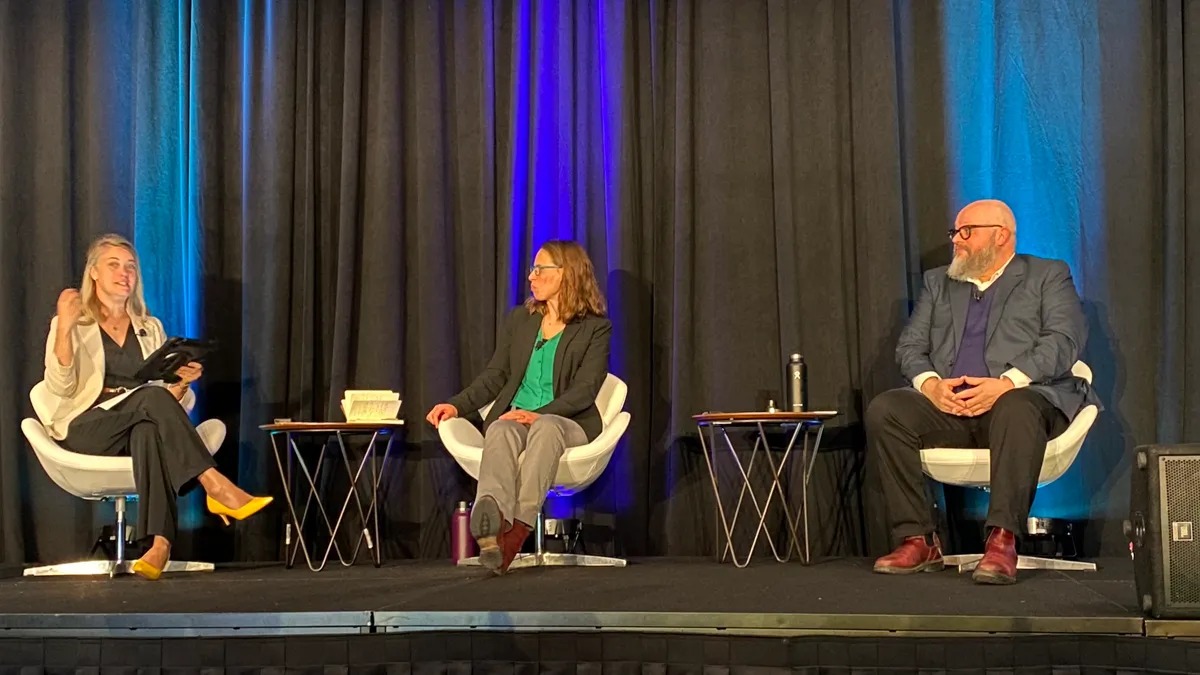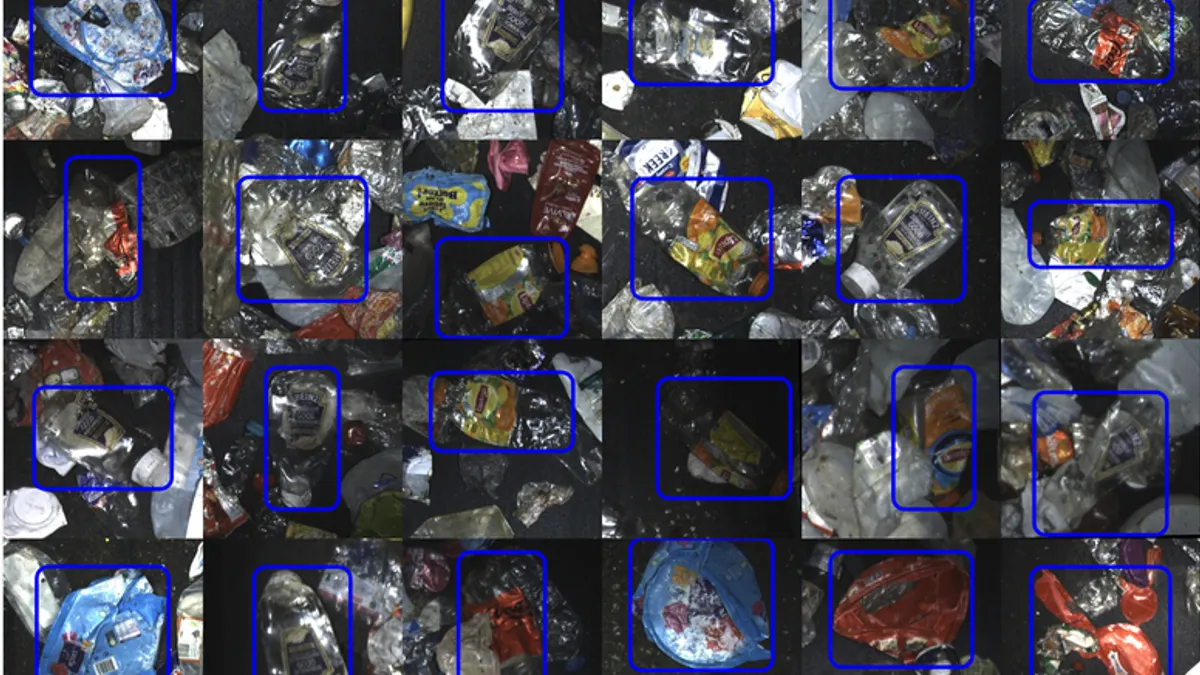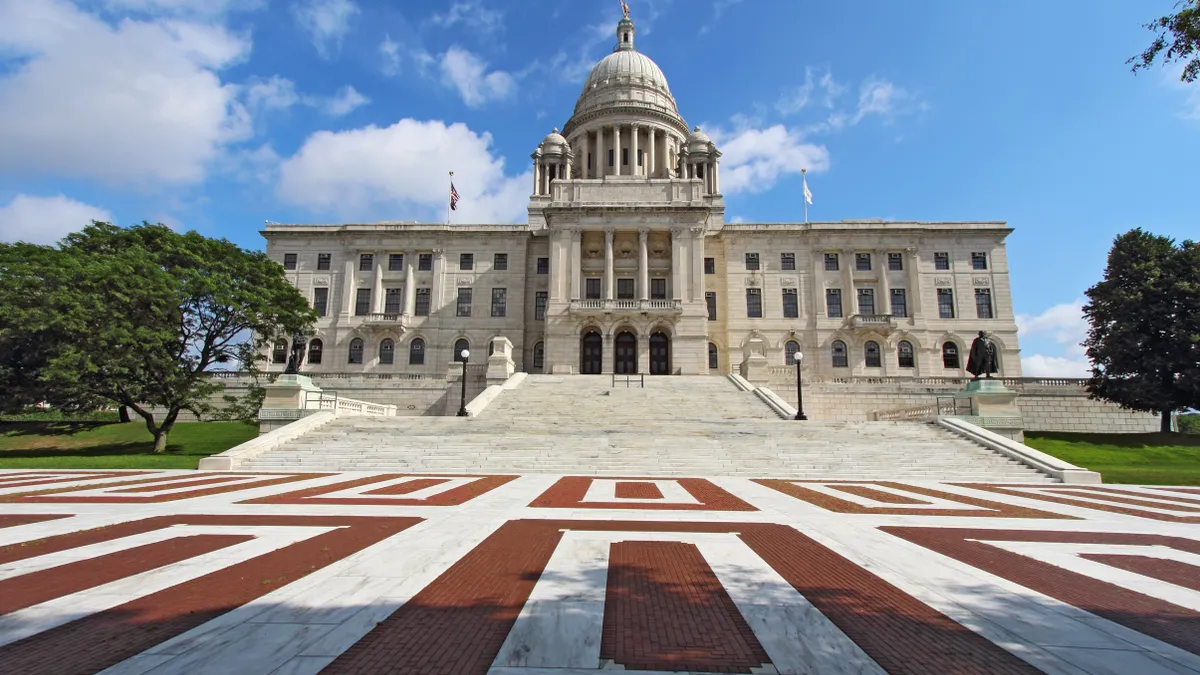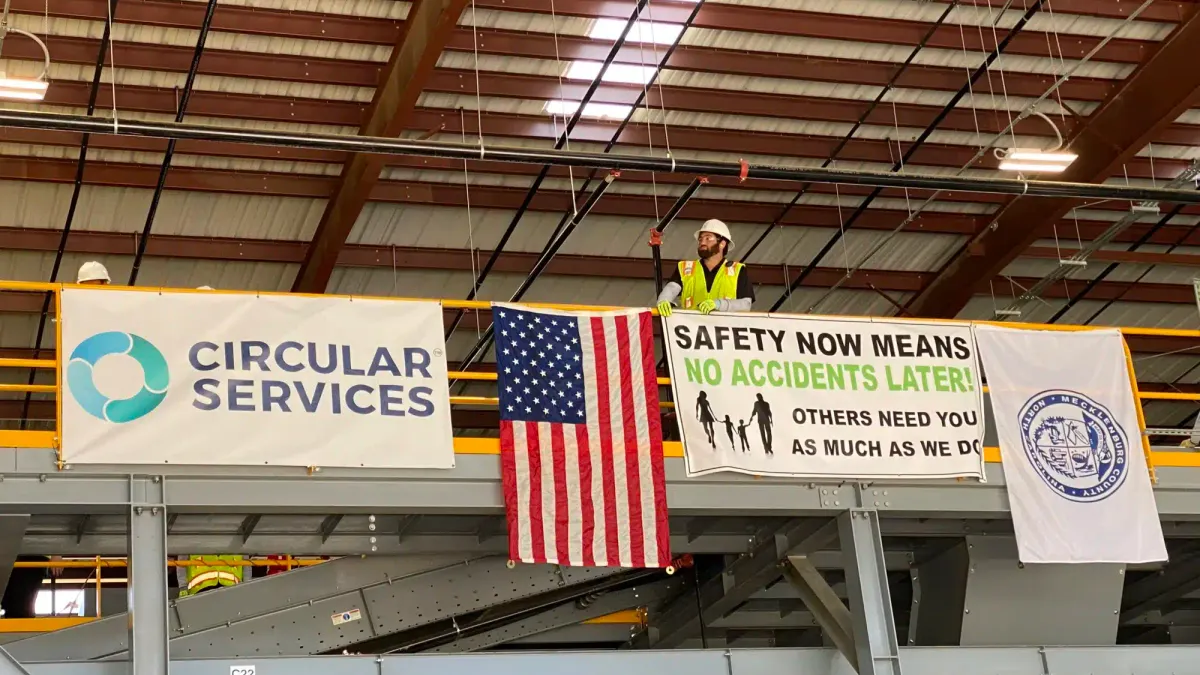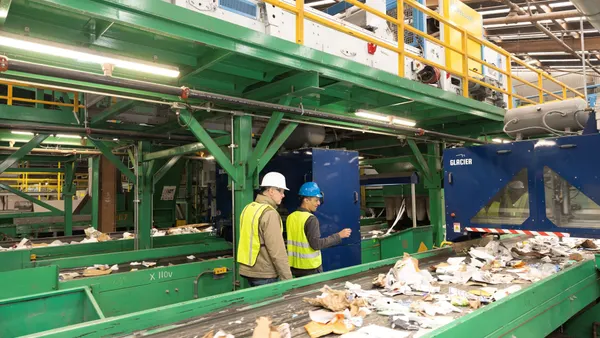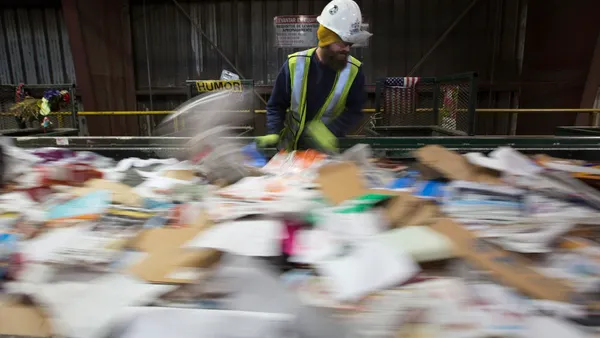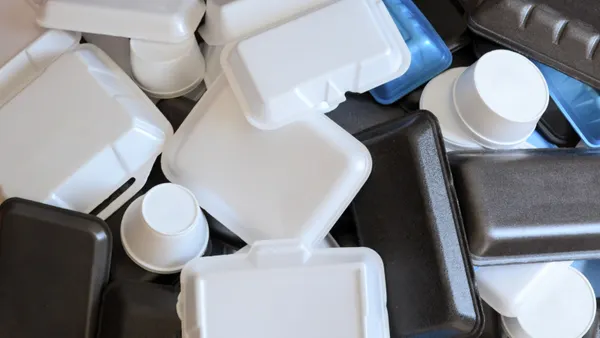As recyclers continue to navigate challenging markets for postconsumer resin, the industry must do more to boost demand for PCR, said speakers at the recent Plastics Recycling Conference.
Ongoing price competition with virgin resin, a mismatch of supply and demand expectations and pressure from international economic trends all loom large as reclaimers and recyclers navigate the PCR business in 2024 and beyond. But levers like recycled content legislation, long-term contract negotiations and creative PCR uses could help, speakers said.
Here are some PCR market takeaways from the conference, held March 25-27 in Grapevine, Texas:
Competition and overproduction at home and abroad
The U.S. saw a large influx of imported scrap PET in 2023, a trend that continued into early 2024. That influx is creating hard conditions for U.S. reclaimers because this material is adding to the already-abundant imports of virgin PET, speakers said.
In 2023, imports of PET scrap rose by “a big jump” of 33% year over year, said Emily Friedman, recycled plastics senior editor for the Americas at ICIS. Those imports are cost competitive partly because some are coming from regions of the world with lower labor costs and lower production costs, she added. “Not only do recycled resin prices need to compete with virgin counterparts to some degree, but you also need to be looking at import competition as well.”
There’s also an oversupply of low-cost virgin resin in the global market due to overproduction in certain regions of the world, particularly China. Markets are especially oversupplied for polyethylene and polypropylene, said Joel Morales, who follows polyolefin market trends in the Americas as a vice president for Chemical Market Analytics by OPIS.
In China, some plastic producers continuing to build factories despite the current overproduction trend, in part because of an upcoming national building limit the country is expected to enact in 2030 or 2031, Morales said during a presentation on plastic markets. “Despite difficult conditions today, they need to build them and are scared they won't be able to do big projects by the end of the decade,” he said.
The U.S. is also dealing with its own oversupply of virgin resin, said Nina Butler, CEO at circular economy research and consulting firm Stina. “We're actually exporting a tremendous amount of virgin resins,” she explained during a separate panel on the state of the plastics recycling industry. “We've overbuilt in our country with the expectation that China would have that demand, but they’ve overbuilt faster. Now we have both a glut of what we're exporting as virgin, and what we’re importing as virgin.”
Steve Alexander, president of the Association of Plastic Recyclers, said it’s likely China will continue to produce resin at up to 100% capacity, in part because of government mandates. This will continue to be a market headwind, he said. “The entire industry globally is worried about overproduction and capacity over the next six to seven years,” he said.
A push for more recycled content mandates
Meanwhile, major brands say they are looking for large volumes of PCR to reach their recycled content commitments. But market realities for PCR aren’t reflecting that trend, speakers said.
“We’re at a very interesting point in time where we have record high demand — demand for three times more rPET than we have supply in the U.S.,” said Kate Bailey, chief policy officer for APR. But recyclers are competing against increased virgin resin production, coupled with increasingly lower cost for virgin resin. “The headwinds facing us have actually never been higher from an economic standpoint,” she said.
Recycled content laws in places like California, Washington, New Jersey and Connecticut are helping to tip the scales by requiring companies to use a set amount of recycled content that increases over time. “These are really fundamental policies to make sure that that demand is there and the demand is consistent for recyclers,” she said. Bailey said legislation that focuses on recycled content mandates for a variety of products, not just beverage containers, can make a bigger impact.
New Jersey’s recycled content law took effect at the beginning of this year. Speakers highlighted it as an example of a policy that’s already shaping the market. It calls for items like rigid plastic containers to have at least 10% postconsumer content, and beverage containers to have at least 15%. These percentages will increase incrementally over time, according to the law. However, some brands are already seeking exemptions to the rules, which could slow progress, some speakers said.
In states with extended producer responsibility laws, eco-modulated fees can be another tool to drive PCR demand because they motivate companies to use more recycled content in order to pay fewer fees related to the program, said Dylan de Thomas, vice president of public policy and government affairs for The Recycling Partnership.
Solutions across the value chain
While recycled content mandates are one possible solution to the ongoing market headwinds for PCR, speakers said other solutions throughout the supply chain are also needed.
Plastics recyclers and PCR resin suppliers often use spot contracts, but longer-term contracts can help add stability to the business and create “mandated demand,” Alexander said. “With a spot contract, you may have a customer one month for polypropylene recycling. The next month, the price for polypropylene virgin goes down and the customer pulls out. How do you run a business that way?”
Brand representatives said during the conference that they also navigate challenges with finding PCR that meets their specifications. “We can’t always get the [on-spec] recycled content we want from domestic sources” for some applications, “so we have to import,” said Mac Duncan, strategic sourcing director for Advanced Drainage Systems.
At the same time, brands need to meet specific requirements for food contact and other regulations, said Robert Flores, vice president of sustainability for Berry Global.
“We have qualified PCR in countless applications, but our volumes are nothing to write home about,” Flores said. “We want PCR to be successful, but ultimately we are not using the levels [needed for company targets]. We struggle to get PCR qualified in a lot of these applications.”
However, companies can do some creative thinking to infuse their products with more recycled content. For Berry, can liners, like trash bags, have a large amount of recycled content, and shrink film and mailers are other important products that can take higher amounts of PCR. In the next year, Berry expects its industrial containers line will become “our No. 2 category” for using the most PCR — a jump from a currently “low number of pounds” of PCR to “undoubtedly millions.”
This story first appeared in the Waste Dive: Recycling newsletter. Sign up for the weekly emails here.



